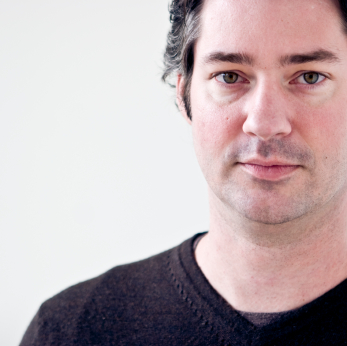 What Is Post-Traumatic Stress Disorder (PTSD) and How to Deal with It
What Is Post-Traumatic Stress Disorder (PTSD) and How to Deal with It
The term Post-Traumatic Stress Disorder (PTSD) was coined in the 1970s, in response to the high number of Vietnam veterans suffering from a collection of psychological symptoms after returning from war. But accounts of PTSD have been noted in various forms throughout history, and the disorder is not limited to veterans of war.
PTSD generally appears after an individual has suffered a traumatic or painful event, such as a car accident, kidnapping, natural disaster, abuse, seeing a friend or family member suffer a trauma, or death of a loved one. Symptoms include prolonged states of anxiety (racing heart, sweating), flashbacks of the event, depression, avoidance of any activities that might trigger memories of the event, and difficulty sleeping. Like most health conditions, PTSD is not a one-size-fits-all disorder. The severity of the symptoms, as well as how long they last, vary from person to person. The most important thing someone who may be suffering from PTSD can do is to get professional help.
New research indicates that you may be able to bolster yourself against PTSD by practicing resilency-enhancing strategies. The National Institute of Mental Health recommends the following to reduce your risk of experiencing the disorder:
- Developing a strong support network of healthy relationships so that you have someone to turn to if you need help.
- Focusing on your own positive qualities, including your courage in the face of danger, trauma, or hardship.
- Responding calmly and effectively to dangerous situations, even when you are afraid.
In addition, spirituality can sometimes help you find meaning in difficult circumstances. Many researchers have observed post-traumatic growth, a period during which a person becomes stronger and more peaceful as a result of having survived a traumatic experience.